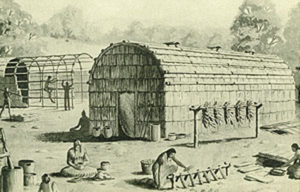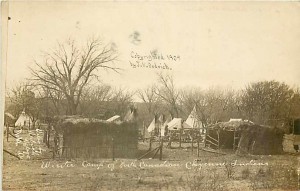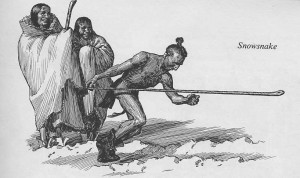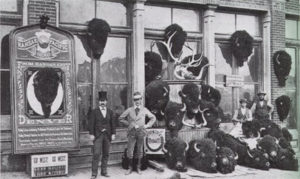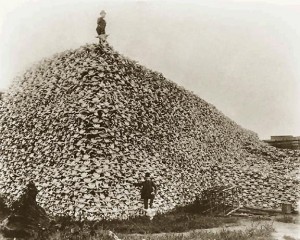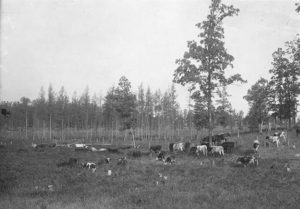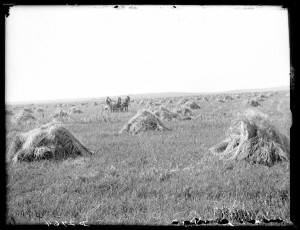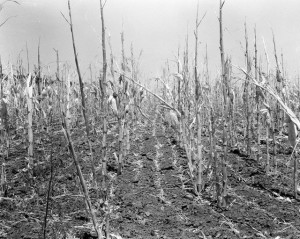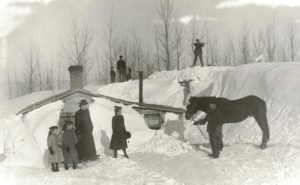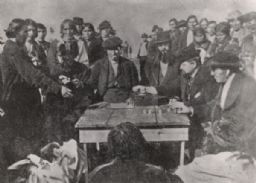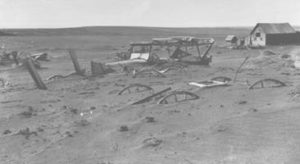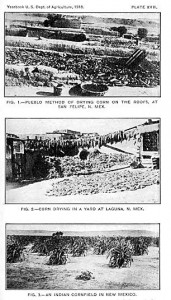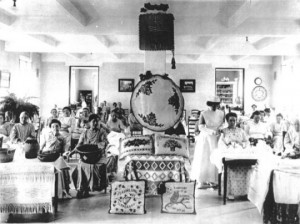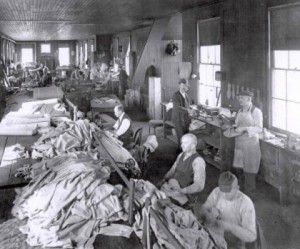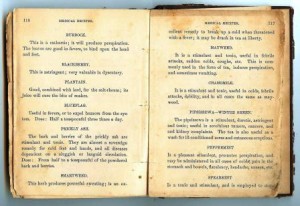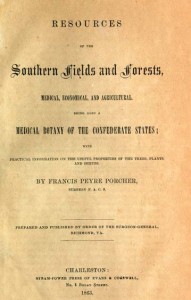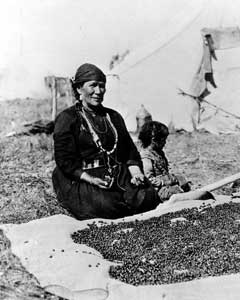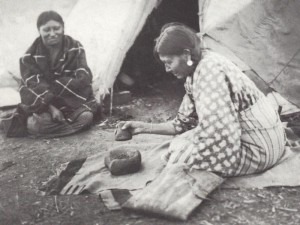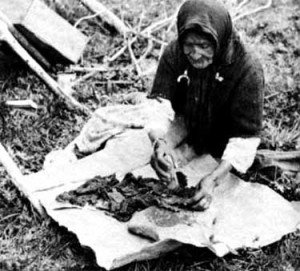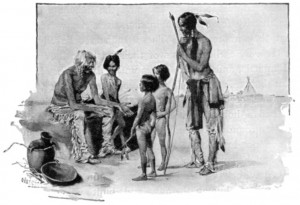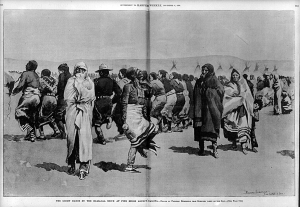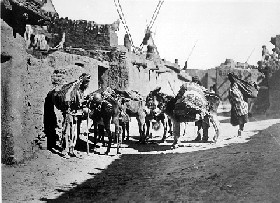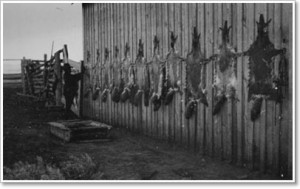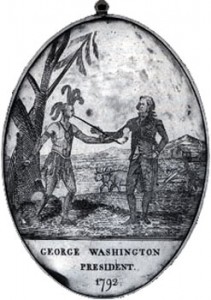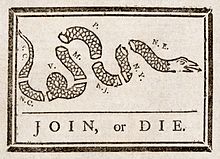The change of seasons brought changes in lifestyle to most Native American groups. Before industrialization, most societies lived seasonally, with certain tasks being relegated for certain times of the year…spring and summer to plant, grow crops, hunt, and so on, and with autumn a time for harvesting and storing up. Winter was generally a quieter time, with less hunting and gathering. Hard-working people could take some time to rest, and to prepare for the next year.
Native Americans dependent on agriculture usually had more stable villages, though they might move to a winter hunting area for a season. Some tribes, such as the Iroquois, built large, permanent structures called longhouses. These homes could be 200 feet long, have a second story, and house more than 50 people. Native Americans on the Plains moved much more often to follow buffalo herds, and their housing reflected the mobility they needed. These tribes set up tepees (or tipis) that could be quickly raised and struck down.
During the winter, people could relax a bit, but they still stayed busy. Trapping would still be profitable in some areas, and people in winter camps could mend needed items for the next year, sew clothing, etc. Festivals were held in winter, which was also a time for storytelling and consultation concerning hunting or wartime strategies. Though winter could be a time of harshness and deprivation, it could also be a time of joy and play. Native peoples in the north and in Alaska enjoyed snowshoes and sledding, and a game with “snow snakes.” A snow stake was a carved piece of wood with a slight upward curve at one end and a notch at the other. Before play, teams would make a trough in the snow by dragging a log through it over and over. Players would throw their snakes along the trough as fast as possible so it would go far. Each player’s distance was measured and would be added to the team score; the team with the total longest distance won the game.
______________________________________________________________________________________
